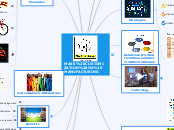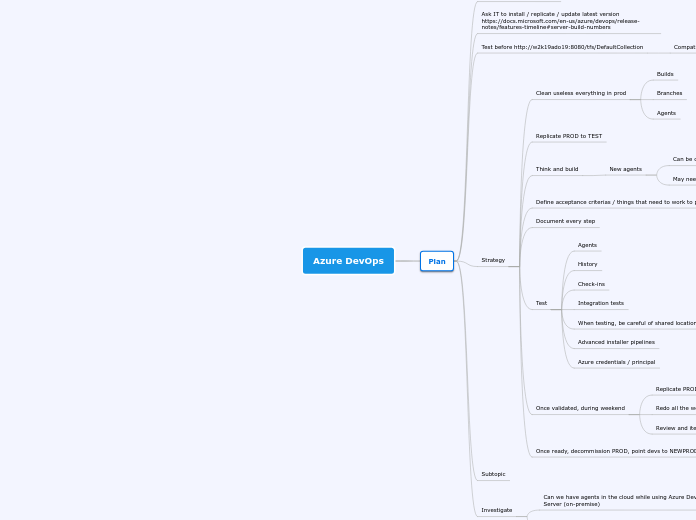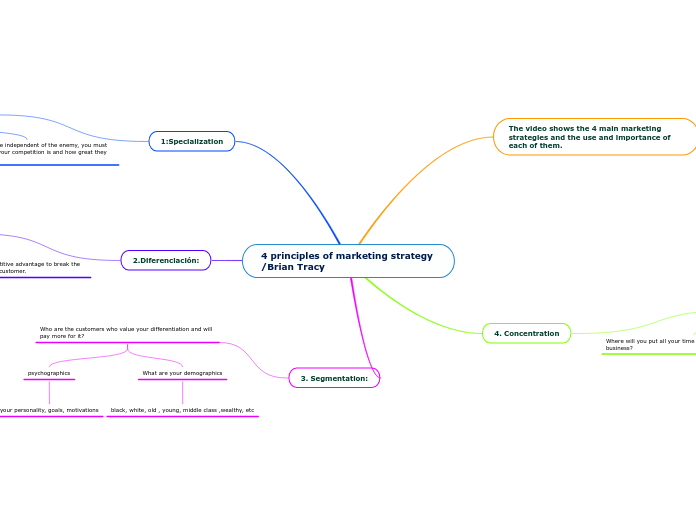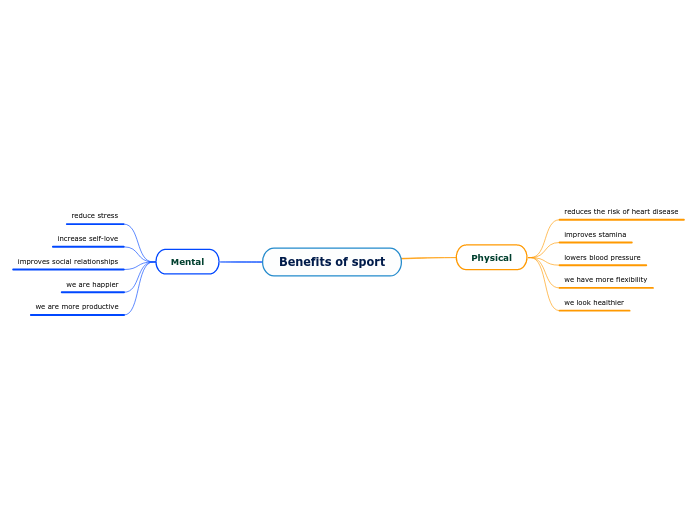MASS CUSTOMIZATION IN MANUFACTURING
Mass customization is a marketing and manufacturing technique that combines the flexibility and personalization of custom-made products with the low unit costs associated with mass production. Mass customization products may also be referred to as made to order or built to order.
Links with OM & SCM
3A Supply Chain
Adaptability, Allignment, Agility
Supply & Demand
Customer Experience
Customer experience and customer service add value, increase engagement and loyalty from customers.
SILOS
Silos must be broken between operations and areas like sales and marketing in order to have a successful outcome.
PULL Strategy
Starts when the consumer orders the product/service
Requirements
Strategy
Companies need to be clear about the strategic value they hope to derive from their customization efforts. When using it primarily to engage with customers and build brand advocacy, the cost is a marketing expense akin to PR, advertising, market research or social media campaigns.Other companies pursue customization of a chosen product line largely for its direct profit potential.
how much is needed?
Is key to Know how much customization a company really needs to offer. Some brands allow consumers to design a unique product that will be built to order, with a range of features that can be added. Other companies succeed by offering minor customization options—adding a monogram to a standard shirt or engraving a name on a briefcase. Some companies only allow customization in fit or design. And others, provide “consumer-choice bundling.”
Simplicity
Customers need a simple and easy design template as a starting point, as opposed to a blank canvas. If the online design process is too complicated, difficult or unattractive, many potential shoppers will be turned off. They may also reject too many options. That’s why the best companies isolate the number of features that can be tailored. In footwear, that could mean limiting options to the 7 to 10 design choices that are both important to customers and easy to implement.
Customer experience
Engaging customers through customization raises the stakes. The company has to make the process of designing products enjoyable and the process of returning them seamless.
As more retailers and brands give their customers the design-it-yourself option, they should see a boost in profitable revenues, stay connected to their best customers and lower costs. Winners will be those that know their objectives, understand how much customization they really need, keep things simple and create a repeatable model for delighting customers again and again.
Benefits
Integrated supply chains
Technology has advanced to enable flexible, digitally controlled manufacturing processes and to integrate online design capabilities with supply chains. Computing power and bandwidth are now sufficient to accommodate online design without making the experience too cumbersome.
Specific customers
Customization also helps companies reach specific consumers—such as the unpredictable millennial generation shoppers, a group known for their fast- moving preferences. As a growing consumer force, young shoppers demand more individualized products than their older counterparts—they’re not a one-size- fits-all generation. And, due to the proliferation of social media and online publishing, styles and trends change more rapidly than ever before, forcing sellers to keep up with shifting preferences. Companies that offer customization are able to use consumers as merchants—continuously gaining insights from customized designs and finetuning products in a feedback loop that helps companies stay one step ahead of the competition. With each design choice, customers share real-time shopper preferences that go well beyond what they would say in a focus group.
Boost sales
Mass customization helps brands boost sales on their own websites or gain share on a retailer’s site.
Loyalty and engagement.
Mass customization can elevate customer loyalty and engagement—and use their customer base as an engine of advocacy to potential buyers.
Customizable Industries
Examples
BMW
Trek
Trek enables cyclists to build a bike from the ground up.
Pepperidge Farm
Pepperidge Farm customers now design Goldfish crackers.
DELL
Dell established its leadership of the PC market by allowing customers more or less to assemble their own PCs online. The company put together the components as requested at the last minute before delivery.
Dow jones
Dow Jones, through the Wall Street Journal, has a storehouse of information that it can customize and then deliver in a number of ways.
Levis
Levi Strauss, which pioneered the idea in 1994 with its Original Spin jeans for women, measured customers in its stores and sent their details electronically to its factory. The customised jeans were then cut electronically and mailed to the customer.
Trends
Automated-manufacturing-machinery incorporated with an order-taking structure is important for mass-customized production lines. Numerous mass producing companies combine the order-taking structures with an internet-based client interface.
Internet has created a lot of opportunities for mass customization and has made companies responsible to maintain a continuous interaction with the clients in real-time. This has renewed the delivery systems with customers always staying on top of the updates through various mobile apps, emails, regular updates from the company or the online progress tracking system
Numerous companies are utilizing the Internet to create customized news items for the visitors whereas a rising number of businesses are using the ease of the online platform to enable the clients to design their products.
Statistics & numbers
Technology
Relationship with areas of the business
Strategies
Soft Strategy
Instead of the product, the services around it are customized. Long-distance flights, for example, nowadays no longer offer the same movie for everybody, starting at the same time; now people can select from a library of options and start any movie any time.
Depending on how people do it, this may also be an option.
Similarity Strategy
Customize products if there is much similarity. For example, when producing clothes, the basic pattern stays the same; scale the clothes or parts of it up or down to conform to the body type of the customer. Still need automation, as hand crafting is either expensive or takes too long to ship. Since the need of automation, there's a need volume to make the automation worthwhile. The customer will get clothing that, while not quite custom, fits better than mass-produced clothing, but with a price tag closer to mass production than custom.
The automation system can be programmed to flexibly adapt, and have the potential to automate the customization and therefore reduce the price of customization.
Platform Strategy
The company develops one platform and then modifies the platform for the development of different models. This also lowers development and production costs. The approach can also be combined with the modular strategy above.
Modular Strategy
This is often used by car makers. Many modern car models share identical components among each other. Hence, each component or module is used more often. The modules then can be mass produced using conventional mass-production techniques. The development cost can also be spread over the larger quantity. Only during the final assembly is the final customized version of the car produced. Much effort goes into creating a flexible final assembly line that can handle such a wide variety of different products.
Challenges
Mass customization is going to take a few years before it becomes a household name. Even then, it will more likely be a rough adaptation of conventional mass production. On the contrary, products that cannot exist without customization will be customized no matter what happens to this concept.
Supply chains
The biggest obstacle to mass customization is the fact that most businesses’ supply chains cannot efficiently handle it. The systems of suppliers are mostly optimized and designed for producing prearranged amount of products rather than catering to any unforeseen demand. Many do not even integrate latest supply-chain management applications like just in time inventory and automated planning, which results in lesser flexibility, specificity, and visibility with mass customization.
- Supply chains in the current business world are based on the push model whereas the ones associated with mass customization are based on the pull model, which is unimaginably difficult to manage.
- Such supply-chain problems can only be solved if businesses compromise between mass customization and mass production to create standard products and configure them in a manner that they can be customizable in the future. For majority of the businesses, it is not economically feasible to start the customization process in the start of the supply chain.
This means that most businesses will only be able to implement mass customization in a partial manner. However, even this partiality can offer advantages to manufacturers. As the concept increases the scope of a product, it helps manufactures to cater to different types of consumer markets. It also introduces manufacturers to new target markets and allows them to explore the possibility of manufacturing products for them.
Returns
Mass customization also creates a lot of problems for the manufacturers when the products get returned. Mainly, this does not happen as the product is created according to the likes of the customer but some returns will take place. In such cases, businesses that do not have mechanisms to reverse the customization tend to face many issues. Moreover, the chances of another client wanting the same product as someone else are too narrow, which can put the business in a tricky situation. Therefore, majority of such companies do not have any return policies or simply bear the loss of return in case it allows it.
Luxury Products vs. Basic Products
Mass customization is not an economically feasible option for most businesses and primarily depends on the product type. This concept works better for high-end, luxury items such as designer wear and cars.
Costs
The biggest challenge of mass customization is the fact that it is not an appropriate option for all markets, clients and products. Most customers are not interested in having a customized light bulb or washing detergent. Moreover, customized products cost more and clients have to wait in order to get them.
Approaches
Cosmetic
The firm advertise a standard product differently to different groups of clients, customers use the same product but want them to be presented differently. Such products are not customized but instead they are packaged differently to suit different kinds of customers.
Adaptive
The firm offer one standard product to the customers along with a few customization options and the product is designed in a manner that it can be customized by the end client with absolute ease.
Collaborative
The firm help customers recognize what they need, to recognize factors that will fulfil those needs and to create customized products following those guidelines.
Transparent
The firm provides customized products to individual clients without telling them that the products are exclusively produced for them. The customer does not want to repeat what he needs incessantly or when his needs are predictable or obvious. The firm examines customer’s behaviour without direct communication with them and then discreetly customize their products for them.









